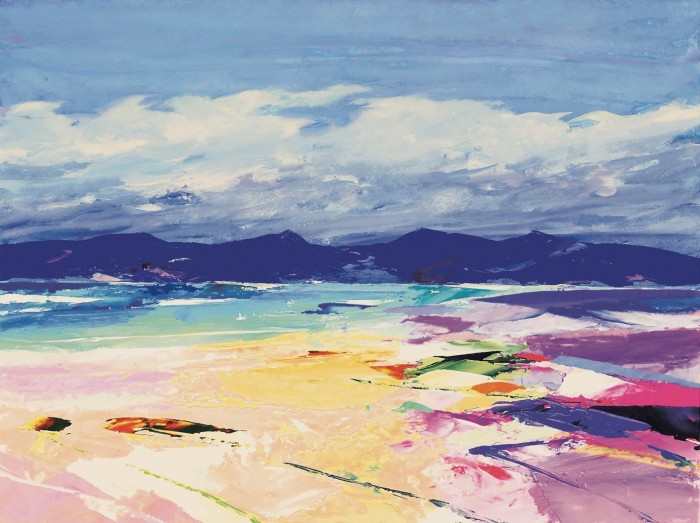At Copthall County Grammar School, North London, Diane had inspirational teachers. Benefitting from these, she arrived at the Slade straight from school in 1961.
Diane’s first tutor was Andrew Forge (then a celebrity from Radio 3’s program The Critics). Keith Vaughan was her tutor in her final year.
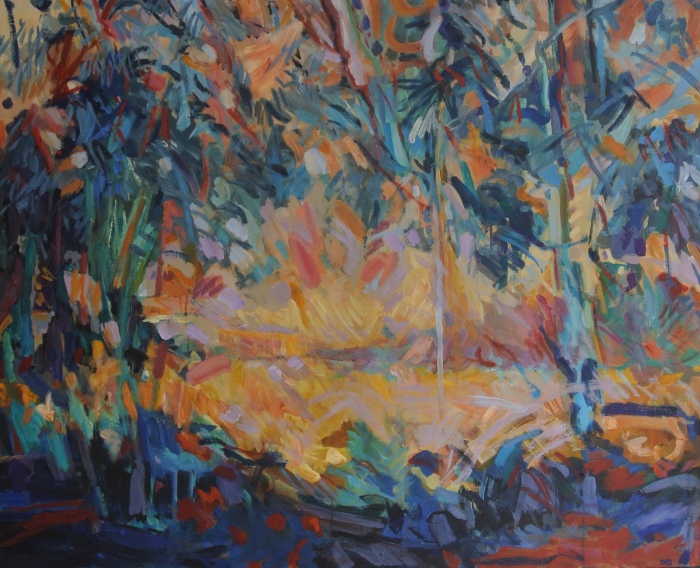
At first they were all required to do a great deal of observational work in the Antique Room, followed by work in the Life Room. Patrick George ran a course joined by students from the Bartlett School of Architecture, which Diane says was both inspirational and challenging.
In the early 1960s, expectations were changing. Students moved in, and on, to new preoccupations in response to influences from both sides of the Atlantic: abstract expressionism and of course, Pop Art movements.
Diane took herself off to the sculpture department, where she experimented with canvas and plaster, creating three-dimensional forms and painting them, which was enabled by the change from oils to acrylics.

Diane considers herself fortunate to have been at the Slade before and during these significant changes. The practice of drawing has always been central to her work. On graduation in 1965, she became a lecturer at both the Lucy Clayton School, Bond Street, London and The Dick Shepherd School, London. Later, she returned to her old school, now as a teacher – Copthall Grammar School.
Then marriage, daughters and a move to the Essex countryside. Diane became head of Essex Adult Arts Education.
Now retired from employment, Diane has more time to devote to her painting, ceramics and sculpture. She has her own studio and she continues to hold group workshops with likeminded artists and friends.
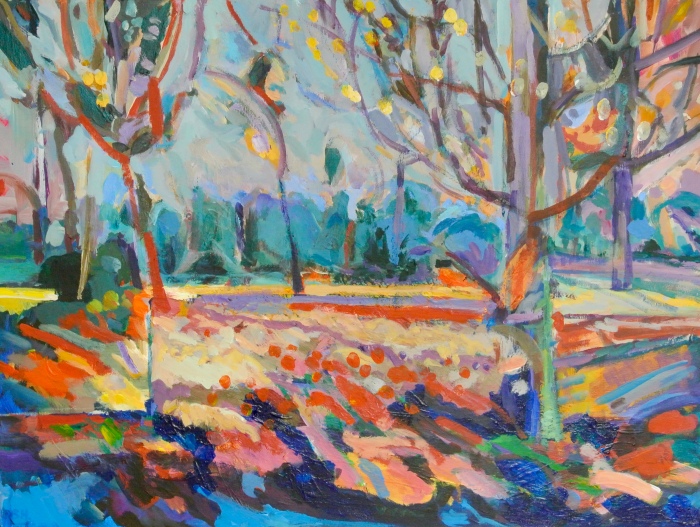
For more information on Diane’s exhibition at the Gallery in the Garden, click here.
To see more of Diane’s work, click here.


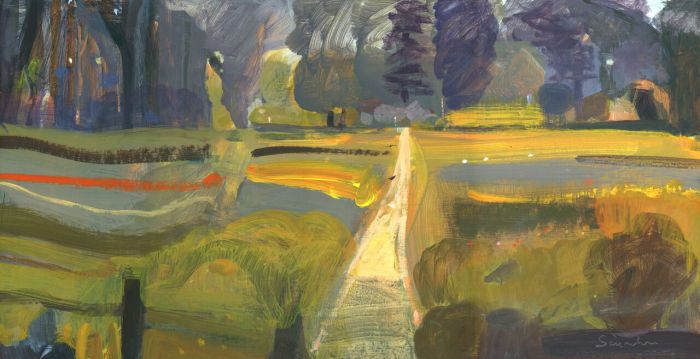

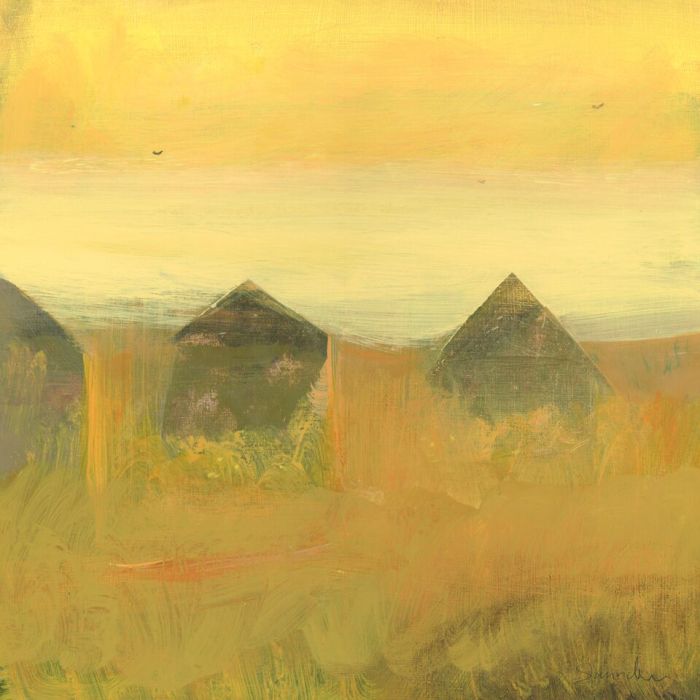

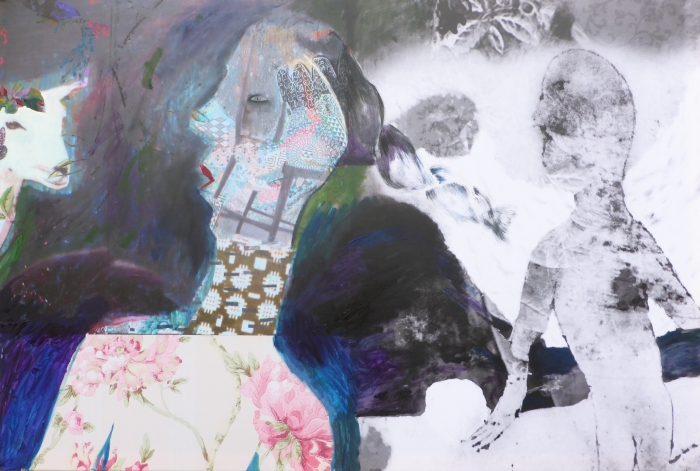
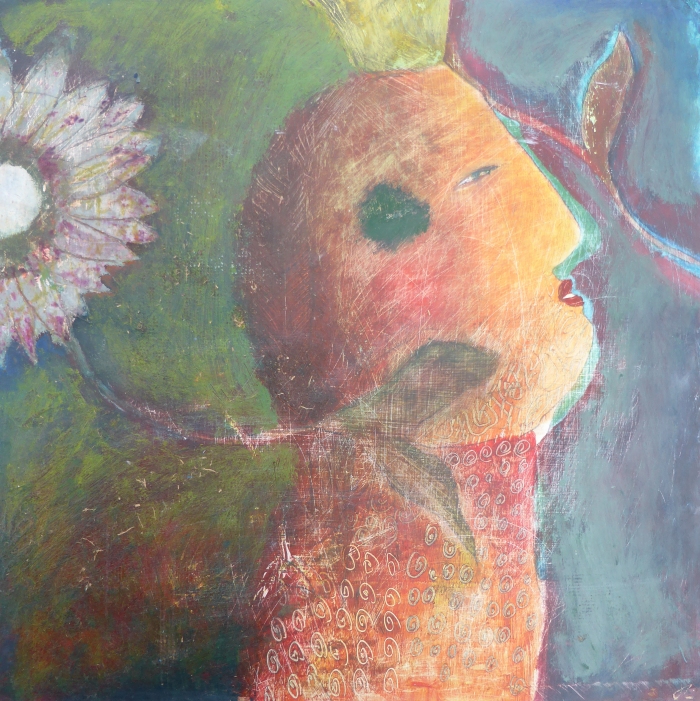


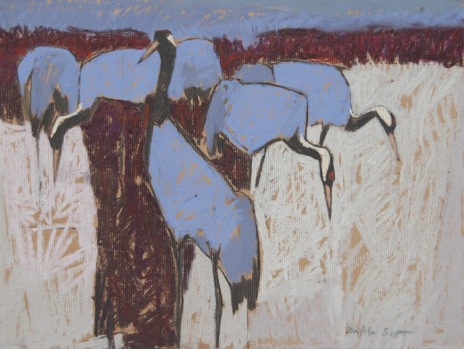
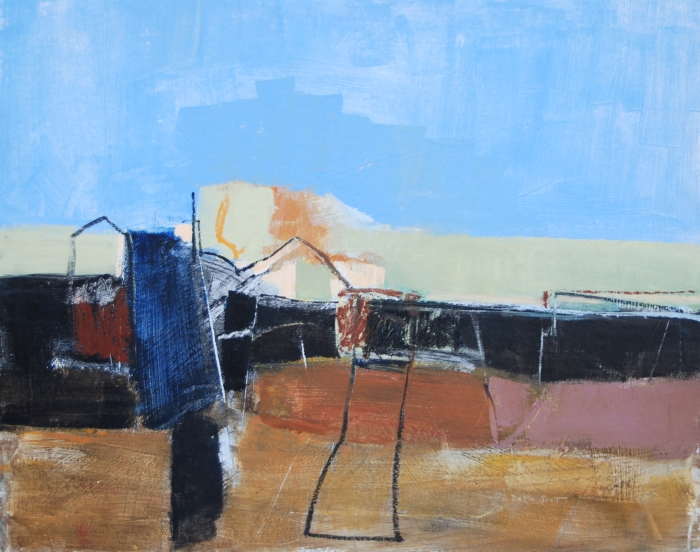
 Dafila has also illustrated books.
Dafila has also illustrated books.
 Amanda lives deep in the north west Essex countryside and that is what truly inspires her. She has been a professional artist and illustrator for over 15 years. Raised within a creative household, her father was a great storyteller and always told fascinating stories and fairy tales. As a child, Amanda would absorb and paint these fairy tales.
Amanda lives deep in the north west Essex countryside and that is what truly inspires her. She has been a professional artist and illustrator for over 15 years. Raised within a creative household, her father was a great storyteller and always told fascinating stories and fairy tales. As a child, Amanda would absorb and paint these fairy tales.

